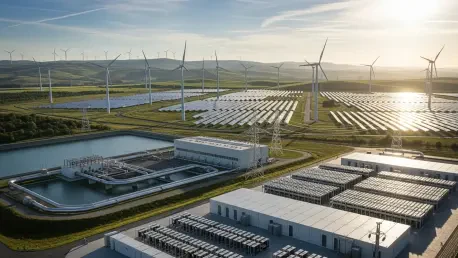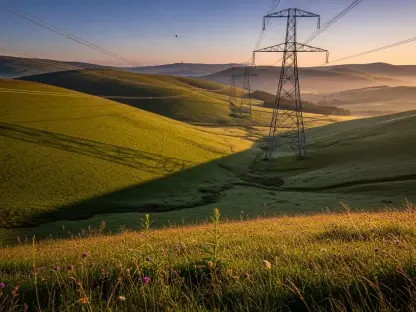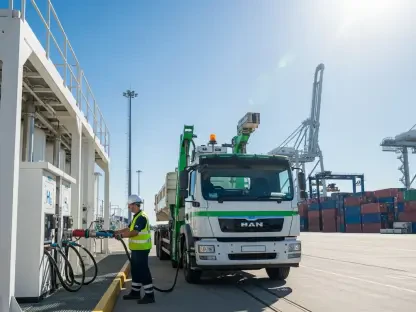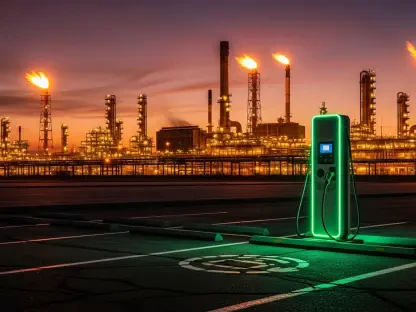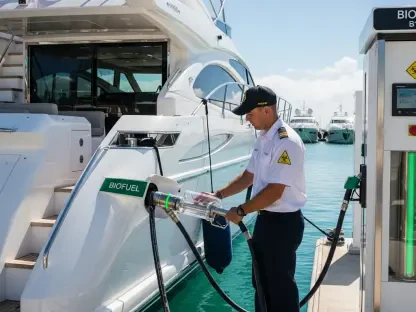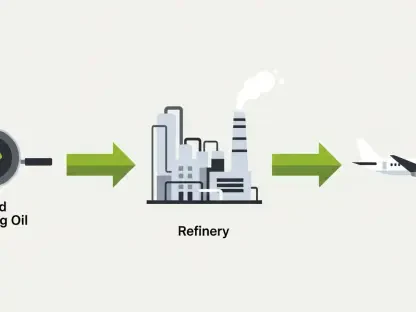I’m thrilled to sit down with Christopher Hailstone, a seasoned expert in energy management and renewable energy integration, who brings a wealth of knowledge on grid reliability and security. As our go-to utilities specialist, Christopher has been closely following the advancements in energy storage, including Portland General Electric’s recent battery expansion in Oregon. Today, we’ll dive into the significance of this major step forward, exploring how these projects bolster grid stability, support renewable energy, and transform the energy landscape in the Portland metropolitan area. Let’s get started with the conversation.
Can you give us a broad picture of Portland General Electric’s recent battery storage expansion and why it’s such a pivotal moment for the utility?
Absolutely, Emilia. Portland General Electric, or PGE, has just brought online three major battery projects totaling 475 MW, boosting their storage capacity from a modest 17 MW to an impressive 492 MW. This is a massive leap forward. It’s a big deal because it positions PGE as a leader in energy storage, allowing them to better manage grid demands and integrate renewable energy sources. For the Portland metro area, this means enhanced reliability and a buffer against price volatility, especially during peak demand times or unexpected grid challenges.
How do these battery systems contribute to maintaining grid reliability, especially during periods of high demand or stress?
These batteries are game-changers for grid reliability. They act as a reserve, storing energy when supply is high and releasing it during peak demand hours or when there’s a sudden shortfall. On a day-to-day basis, they help balance supply and demand by smoothing out fluctuations, ensuring the grid doesn’t experience sudden drops or spikes. This also means PGE can avoid costly short-term electricity purchases, which often come with steep price tags during high-stress periods, ultimately keeping costs more stable for consumers.
I’d love to hear more about how these storage systems support the integration of renewable energy sources like wind and solar.
Renewables like wind and solar are fantastic, but they’re intermittent—solar depends on sunlight, and wind relies on, well, wind. These battery systems store excess energy generated during optimal conditions, say on a sunny or windy day, and then release it when production drops, like at night or during calm weather. This helps address one of the biggest challenges with renewables: inconsistency. By bridging those gaps, batteries make renewables a more dependable part of the energy mix, reducing reliance on fossil fuel backups.
Could you explain the strategic importance of the locations chosen for these battery projects in North Portland, Troutdale, and Hillsboro?
The placement of these projects—Seaside in North Portland, Sundial in Troutdale, and Constable in Hillsboro—is no accident. These sites are at key substations, which are critical nodes in the grid’s high-voltage transmission network. Positioning batteries here maximizes the use of existing infrastructure, avoiding the need for expensive or complex grid upgrades. It’s a smart, cost-effective way to handle load growth, as the batteries can directly support local demand and enhance energy flow through already established lines.
Let’s zoom in on the Seaside project in North Portland. Can you walk us through its development and impact since it started operating?
The Seaside project, a 200-MW facility, was developed through a fixed-cost build-transfer agreement with a partner company, which streamlined the process by locking in costs upfront. Since it began operations in July, it’s had a noticeable impact on grid stability in the North Portland area. It’s been providing a reliable backup during peak hours and helping to balance the local energy supply, which is critical for such a densely populated region. It’s a solid example of how large-scale storage can directly benefit urban communities.
Turning to the Sundial project in Troutdale, what stands out about its structure and performance so far?
Sundial, also a 200-MW project, operates under a unique 20-year storage capacity agreement with a major energy firm, ensuring long-term reliability for PGE. This kind of arrangement provides stability for planning and investment. Since coming online in December, it’s been performing well, supporting the grid in Troutdale by storing and dispatching energy as needed. There have been no major hiccups reported, which speaks to the careful planning behind it. It’s already proving its worth in managing demand spikes in that area.
Lastly, what’s your forecast for the future of battery storage in enhancing grid reliability and renewable energy integration?
I’m incredibly optimistic about the future of battery storage. We’re just scratching the surface of what’s possible. As technology advances, we’ll see batteries with longer durations and higher capacities, making them even more effective at supporting renewables and stabilizing the grid. I expect costs to continue dropping, which will drive wider adoption across utilities nationwide. Within the next decade, I believe storage will be a cornerstone of our energy systems, enabling a cleaner, more resilient grid that can handle the growing demands of electrification and climate goals.
